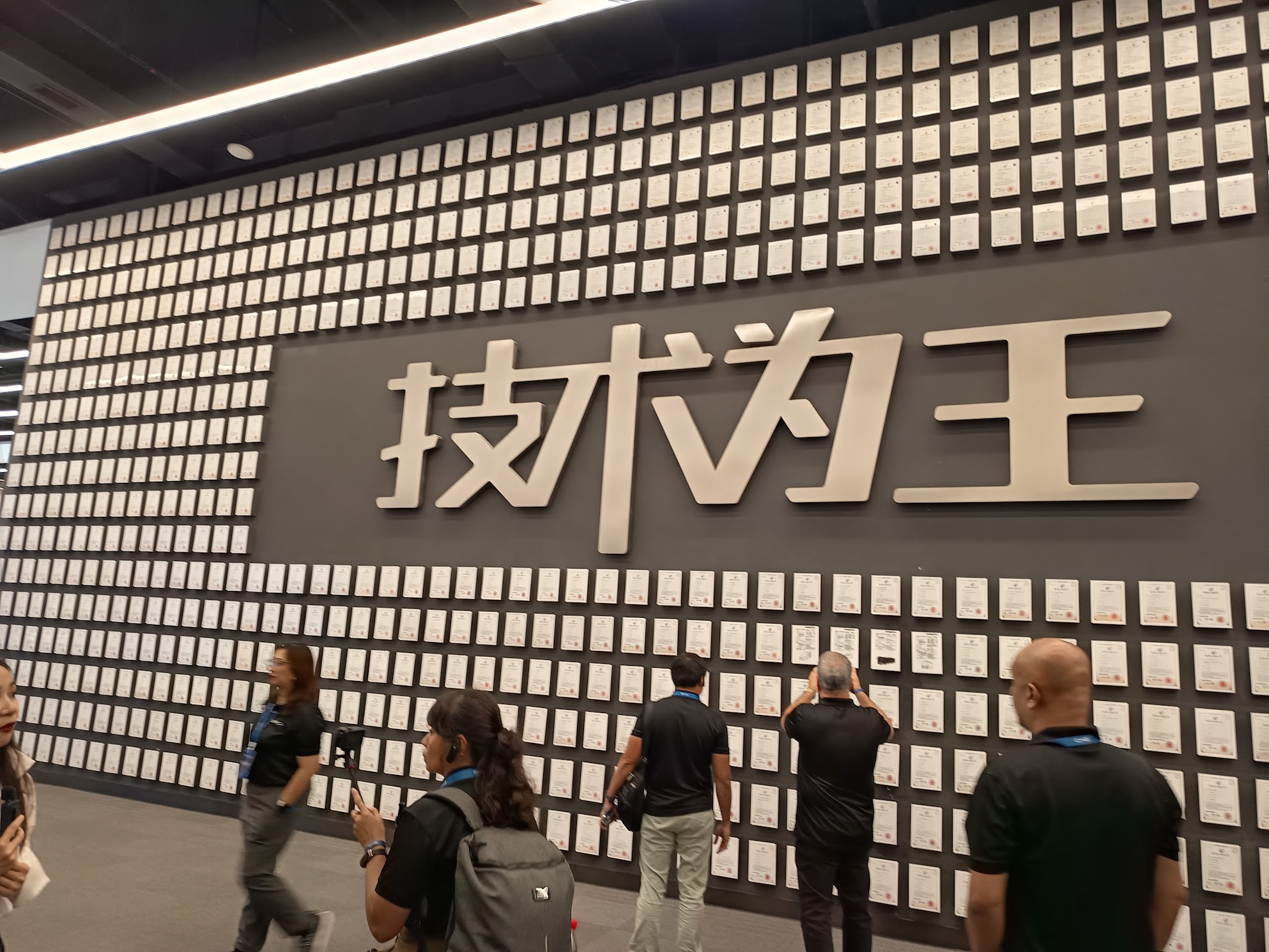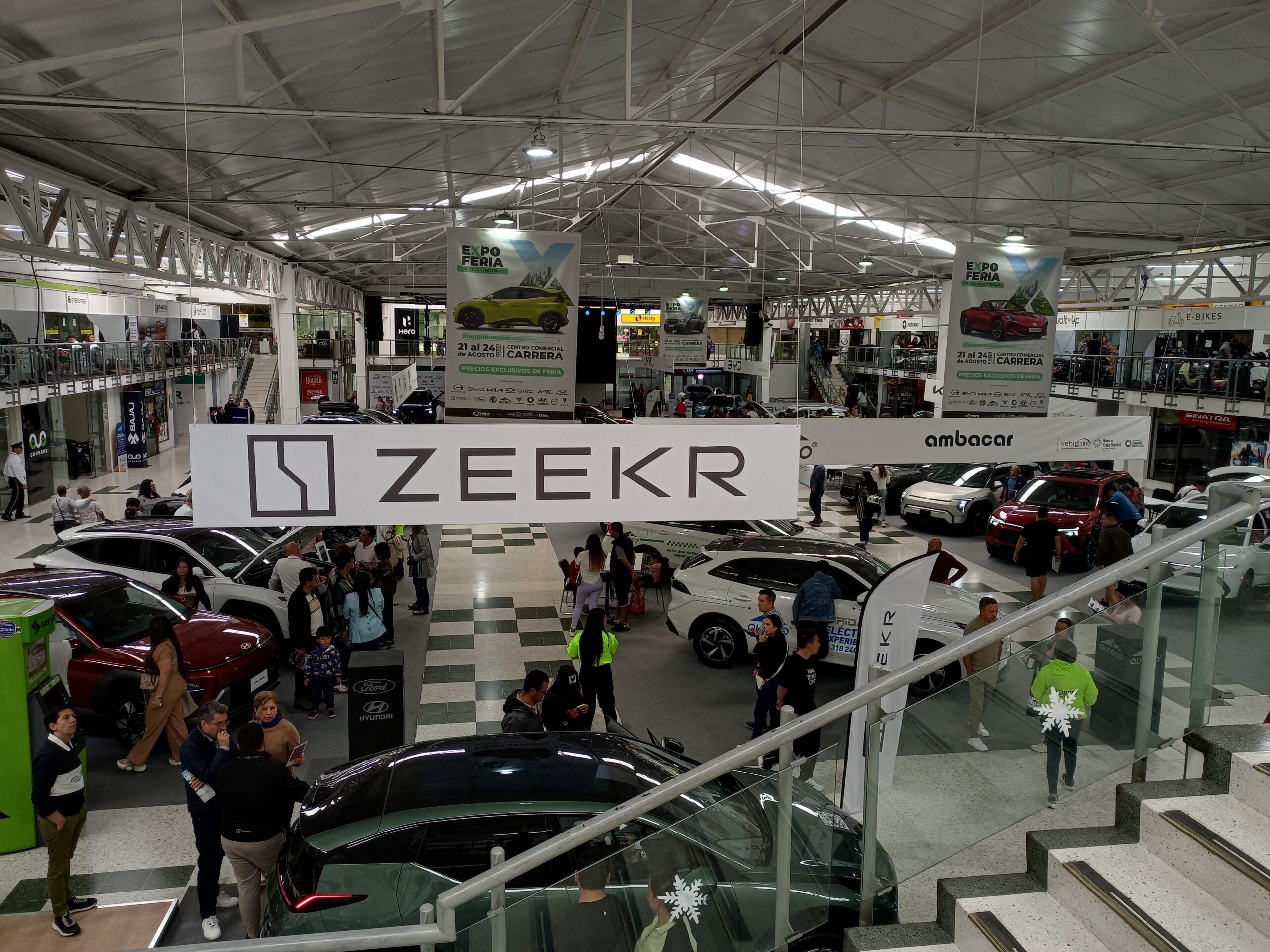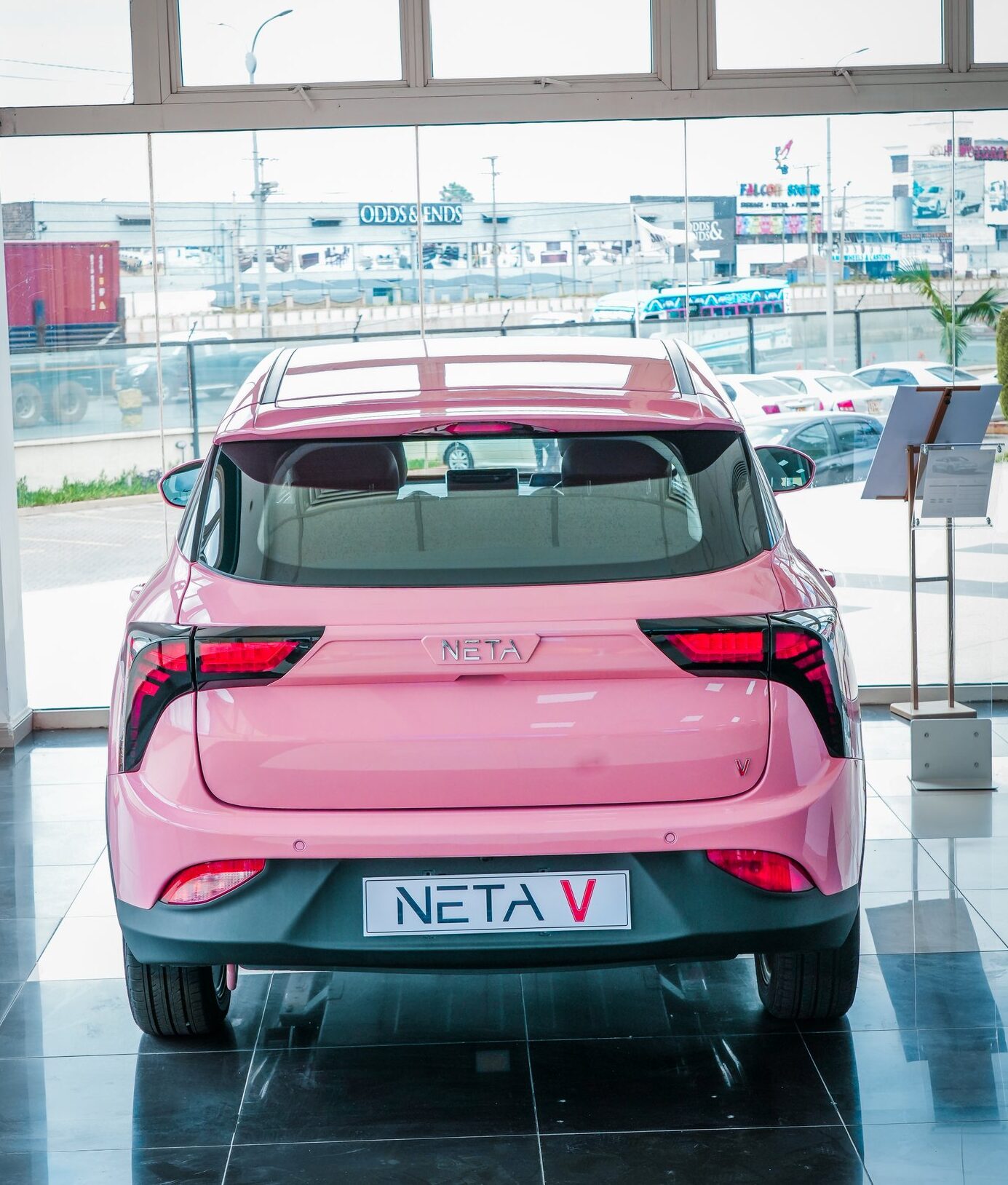Support CleanTechnica’s work through a Substack subscription or on Stripe.
In two days, BYD Philippines will be launching another dealership in the Philippines, bringing it to a total 41 dealers in just two years. The company has sold some 10,000 new energy vehicles in the past two years, and before the end of the year it is on track to open 70 dealers — it is really tight, but not impossible, barring regulatory hurdles and slow business permits.
How important is dealer No. 41? Well, no less than Liu Xueliang, the General Manager of BYD’s Asia-Pacific’s Auto Sales Division in China, is joining young Jaime Alfonso Zobel de Ayala, CEO of AC Mobility, Ayala Groups’ vehicle arm.
This is how BYD works. The number mean a lot.
In the fiercely competitive landscape of the global electric vehicle and renewable energy sectors, BYD globally stands out for its unique approach to innovation and market dominance. At the core of its success lies an expansive and strategically cultivated patent portfolio.
With over 48,000 patent applications filed globally in September and increasing to 51,466 in October and more than 40,000 authorized patents, BYD’s intellectual property isn’t just a collection of legal documents; it’s a foundational pillar of its business model. The company’s impressive pace of innovation is reflected in its patenting activity, filing an average of 45 patent applications and securing an average of 20 granted patents per day.
Self sufficiency in technology
The relevance of these patents extends across several critical dimensions, each enabling BYD to differentiate itself from competitors and secure its position as an industry trailblazer. A key aspect is the company’s profound commitment to vertical integration and self-sufficiency.
By building an in-house ecosystem, BYD controls every step of its production process, from the fundamental raw materials and battery cell manufacturing to the final assembly of its diverse range of vehicles and energy storage solutions. This strategic independence, safeguarded by a fortress of patents, not only confers a significant cost advantage but also substantially mitigates vulnerabilities to supply chain disruptions, a lesson harshly learned by many during recent global crises.
Beyond self-reliance, BYD’s patents are a powerful engine for competitive advantage. In the rapidly evolving EV market, where technological breakthroughs dictate market share, proprietary innovations are paramount. BYD’s extensive patent protection makes it exceedingly difficult for rivals to directly replicate its most significant advancements. This is particularly evident in the battery technology sphere, where BYD’s patented solutions serve as a major differentiator.
Licensing technologies
While primarily used to bolster its own product lines, BYD has strategically begun to license its cutting-edge technologies to other entities. This approach transforms intellectual property from merely a protective measure into a direct revenue stream. By making its technology accessible, BYD not only generates additional income but also establishes its innovations as industry benchmarks, further cementing its influence and leadership.
Xueliang, during the media visit last September, replying to a question from CleanTechnica, offered invaluable insights into the strategic intent behind these patents, emphasizing these very points. “Our deep vertical integration, enabled by our extensive patent portfolio, ensures we have unparalleled control over our supply chain and costs, which is crucial for delivering quality and value to our customers.”
He further elaborated on the broader implications, noting, “The strategic monetization and licensing of our core technologies, such as the Blade Battery, not only generate additional revenue but also validate the global relevance and superior performance of our innovations, allowing other players to benefit from our advancements while strengthening our industry position.”
BYD’s most relevant patented technologies in vehicles
Within BYD’s vast technological arsenal, certain innovations stand out as particularly impactful, heavily guarded by its patent filings.
-
The Blade Battery is arguably BYD’s most iconic and strategically important patented technology. Using Lithium Iron Phosphate (LFP) chemistry, this battery redefines safety and performance. Its unique design involves long, flat cells arranged to maximize space utilization within the battery pack. Patents associated with this technology cover enhanced safety, as the design significantly reduces the risk of thermal runaway and fire, famously demonstrated in the “nail penetration test.” They also protect optimized energy density and the advanced material science and manufacturing processes essential for creating these high-performance, durable batteries.
-
e-Platform 3.0 is BYD’s dedicated electric vehicle platform, a modular architecture designed to integrate all key components seamlessly. It is protected by a multitude of patents related to its efficiency, compactness, and scalability. Key aspects include the 8-in-1 Electric Powertrain, which integrates the motor, transmission, and other control systems into a single, compact unit, reducing size, weight, and cost while improving overall efficiency. Patents also cover a highly integrated thermal management system and Vehicle-to-Grid (V2G) technology, which enables BYD vehicles to not only charge from the grid but also send power back to it or to power external devices, making the car a mobile energy storage unit.
-
DM-i (Dual Mode Intelligent) Technology is BYD’s proprietary plug-in hybrid (PHEV) system, a sophisticated system heavily protected by patents that redefines the PHEV experience. Unlike many conventional hybrids where the gasoline engine often drives the wheels directly, BYD’s DM-i largely prioritizes electric propulsion. The gasoline engine primarily functions as a highly efficient generator to extend range or provide supplemental power during high-load demands. This innovative approach results in remarkably low fuel consumption and impressive electric-only range. Patents in this domain cover intelligent hybrid control systems and the dedicated hybrid engine and powertrain integration that enable the system’s diverse operating modes.

BYD’s other technology divisions …
BYD is not a single technology company but rather a vertically integrated conglomerate with several key business units and subsidiaries that focus on different technologies.
The most prominent of these is the FinDreams corporate subgroup, which was established to develop and sell key EV components to other manufacturers. FinDreams is a collection of five divisions, each specializing in a specific area: FinDreams Battery, FinDreams Powertrain, FinDreams Technology (for intelligent driving systems), FinDreams Vision (for vehicle lighting), and FinDreams Moulding (for precision components).
Another major subsidiary is BYD Electronics, a leading provider of mobile handset components and assembly services for major global companies, including Apple.
… and solar investments
BYD’s involvement in solar energy is extensive and is a core part of its overall “zero-emission energy solutions” strategy.
The company’s investments are not just in manufacturing solar panels but in a complete ecosystem that integrates generation, storage, and application. The company manufactures its own photovoltaic (PV) solar panels, used in a variety of applications, from residential rooftops to large-scale utility projects. This is where BYD’s solar and battery businesses heavily intersect through its major business unit, BYD Energy Storage, which develops and deploys battery energy storage systems (ESS).
These systems are crucial for making solar power reliable, as they store excess energy for use at night or on cloudy days. BYD’s ultimate strategy is to offer a comprehensive clean energy solution encapsulated in its business model known as “PV+Storage,” which aims to eliminate the traditional bottlenecks of solar power by pairing it directly with its advanced battery storage systems.
This model is applied across residential, commercial, and utility-scale projects and also extends to integrating its solar technology into EV charging station solutions, which can be powered by solar panels and supported by energy storage.
What do you think about BYD’s extensive technological leadership?
Sign up for CleanTechnica’s Weekly Substack for Zach and Scott’s in-depth analyses and high level summaries, sign up for our daily newsletter, and follow us on Google News!
Have a tip for CleanTechnica? Want to advertise? Want to suggest a guest for our CleanTech Talk podcast? Contact us here.
Sign up for our daily newsletter for 15 new cleantech stories a day. Or sign up for our weekly one on top stories of the week if daily is too frequent.
CleanTechnica uses affiliate links. See our policy here.
CleanTechnica’s Comment Policy




